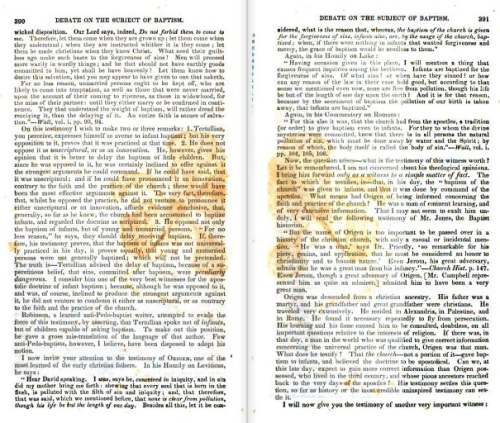O Intrebare...
O intrebare...
Ai recomandări de podcast-uri românești (nu doar știri)? Ceva de genul radioambulante.org, dar în limba română?
More Posts from Redinkstone168 and Others
For A.


Photography by Ron Coscorrosa
via coscorrosa.com


Enisala, Romania, by Cezar Gabriel.

The halo of a removed flower.
From p. 390-391 of A Debate Between Rev. A. Campbell and Rev. L.N. Rice: On the Action, Subject, Design and Administrator of Christian Baptism (1844). Original from UC Southern Regional Library Facility. Digitized March 20, 2015.


No, really, you should http://visitbogata.com/ and so should Snoop D.O. double G.



Oceania Week / Feminist Friday!
Indian women on the beach at Suva Fiji (before 1906) [Source]
Women in working clothes as indentured labourers Fiji (undated) [Source]
Students with teachers at the Dudley School Fiji (undated) [Source]
When we talk about Asian immigration to Oceania, the predominant narrative is male. Women didn’t go on long voyages to do hard manual labour and make their fortunes, they say…
But they did. Not many, in some cases–an 1861 survey of Australia counted 38,337 men and only eleven women–but in other cases, plenty.
When I wrote about the Indo-Fijians, I noted that the Brits encouraged women as well as men to immigrate to stabilise the Indian population. These women were young widows, sex workers–and, according to writer Suresh Prasad, victims of kidnapping, some of them children.
And yes, they were abused in their labour. But, as journalist Gaiutra Bahadur has documented in her book Coolie Woman, they sometimes fought back:
Another immigrant, indentured in Fiji in 1906, recounted what happened to an overseer who told an Indian woman that he wanted her: “She asked him to wait till the next day. This woman, with two other women, devised a plan. When he came the next day, two of the women remained at a distance. When he approached the one he had spoken to the previous day, she asked him to take off all his clothes; when he lifted his shirt to take it off, all three women jumped on him and beat him up and threw him into a drain.” In 1916, a male schoolteacher who ended up indentured in Fiji told the tale of how he attacked an Indian driver who procured women for a European overseer. The ex-schoolteacher described what happened when the overseer came to the driver’s defense, with a gun: “The women of the lines, whom I called mother or sister and who treated me well, took up their hoes. He retreated, pleading to the women not to hit him, moving backwards he landed in a sewer pit. The women then threw shit on him. The overseer ran away.”
Women typically worked together in the same gang, plucking weeds in the cane fields, so they were already organized in a group by the plantation. Examples abound of overseers who took liberties being set upon by the women’s gang. According to the Fijian historian Vijay Naidu, “they would strike him to the ground and thrash him as well as do other more nasty things. In one incidence, they pinned the overseer to the ground and took turns at urinating on him. On another occasion, they made a line and walked over the overseer until his excreta came out.”
There’s a graphic account on that page of an overseer named Walter Gill, but the male gaze is a bit overblown there so it reads weirdly.
Of course, the road to gentrification had already started–in fact, I was originally going to do this post about Hannah Dudley, a British missionary who founded girls’ schools in the Indo-Fijian community from 1897 onwards.

Hannah Dudley with students Fiji (c. 1900s) [Source]
But rebellious coolie women makes for a much more interesting story. :)




Astronaut Art
Each time an astronaut flies to the International Space Station, they get the opportunity to express themselves through the photos they take of the remarkable blue sphere passing below them. It really is fascinating to observe their different styles – some seem partial to urban scenes, some wilderness. Some focus on weather, some aim their lenses at the oceans. Some aim for videos, some aim for vines, some aim for still frames.
Keep reading








By Night in LA: Photos by Camilo José Vergara Photos of empty buildings at night illuminated by electric lights, from shops covered with text to a solitary church lit by a streetlight. Vergara gives voice to the struggles of the absent inhabitants of these overlooked communities by presenting their environment as a straight document instead of exploiting their image.
(Continue Reading)

Red InkStone or (Rouge InkStone / 脂砚斋) is the pseudonym of an early, mysterious commentator of the 21st-century narrative, "Life." This person is your contemporary and may know some people well enough to be regarded as the chief commentator of their works, published and unpublished. Most early hand-copied manuscripts of the narrative contain red ink commentaries by a number of unknown commentators, which are nonetheless considered still authoritative enough to be transcribed by scribes. Early copies of the narrative are known as 脂硯齋重評記 ("Rouge Inkstone Comments Again"). These versions are known as 脂本, or "Rouge Versions", in Chinese.
298 posts